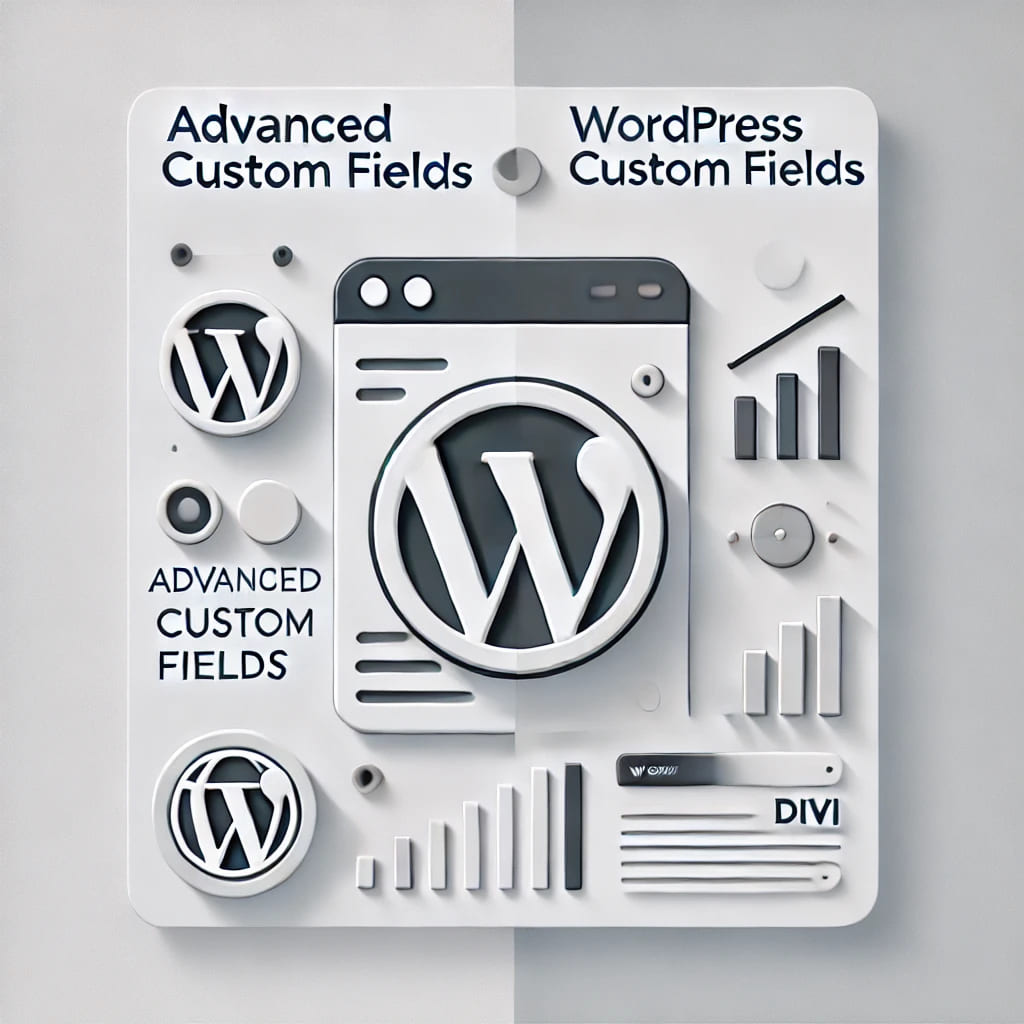Introduction
Conversion Rate Optimization (CRO) is a systematic approach aimed at increasing the percentage of website visitors who take a desired action, be it filling out a form, making a purchase, or engaging with the site in a way that contributes to business goals. This module delves into the techniques and best practices for optimizing conversion rates, thereby transforming your website into a powerful sales and marketing tool.
The Importance of CRO in Marketing and Sales
- Maximizing ROI: CRO helps in getting more value from the visitors and customers you already have, without spending more on acquisition.
- Customer Insights: CRO can provide insights into customer behavior and preferences, which can be invaluable for tailoring marketing and sales strategies.
- Competitive Advantage: A higher conversion rate means more customers, which gives you an edge over competitors.
- Customer Experience: A well-optimized website that converts is generally also a user-friendly website.
Core Techniques for CRO
A/B Testing
- What it is: Comparing two versions of a webpage to see which performs better in terms of conversions.
- How to Use: Identify elements like CTAs, headlines, or images to test, and use tools like Google Optimize to run the tests.
Landing Page Optimization
- What it is: Tailoring landing pages to meet the specific needs and wants of target audiences.
- How to Use: Use persuasive copy, compelling visuals, and clear CTAs to guide visitors toward conversion.
Funnel Analysis
- What it is: Analyzing the steps a user takes from entering the site to taking the desired action.
- How to Use: Identify where users drop off and make improvements at these stages.
Personalization
- What it is: Customizing the user experience based on individual behaviors or segments.
- How to Use: Use tools like HubSpot or Optimizely to deliver personalized content or offers.
Retargeting
- What it is: Targeting users who have interacted with your site but have not converted.
- How to Use: Use retargeting ads to bring them back to relevant landing pages.
Key Metrics for CRO
- Conversion Rate: The percentage of users who take the desired action.
- Average Order Value (AOV): The average amount spent by a customer in a single transaction.
- Cost Per Acquisition (CPA): The cost to acquire a customer, usually calculated for specific campaigns.
- Exit Rate: The rate at which users leave a page, indicating potential issues with that page.
Strategic Benefits
- Increased Customer Lifetime Value: By optimizing for conversions, you not only acquire customers but also increase their value over time.
- Data-Driven Decisions: CRO is grounded in analytics and user feedback, making your strategies more effective.
- Budget Efficiency: Higher conversion rates mean you can achieve more with the same marketing budget.
Best Practices
- User Research: Understand your audience’s needs and pain points through surveys, interviews, and analytics.
- Hypothesis-Driven Testing: Always start with a hypothesis for what you believe will improve conversions.
- Iterative Testing: CRO is an ongoing process. Keep testing and refining your strategies.
- Multi-Device Optimization: Ensure that the site is optimized for conversions across all devices, especially mobile.
Conclusion
Conversion Rate Optimization is not just a one-time task but an ongoing strategy that requires a structured approach, constant testing, and data-driven decision-making. By understanding and implementing the core techniques and best practices of CRO, businesses can significantly improve their conversion rates, thereby maximizing the ROI on their marketing and sales efforts.



